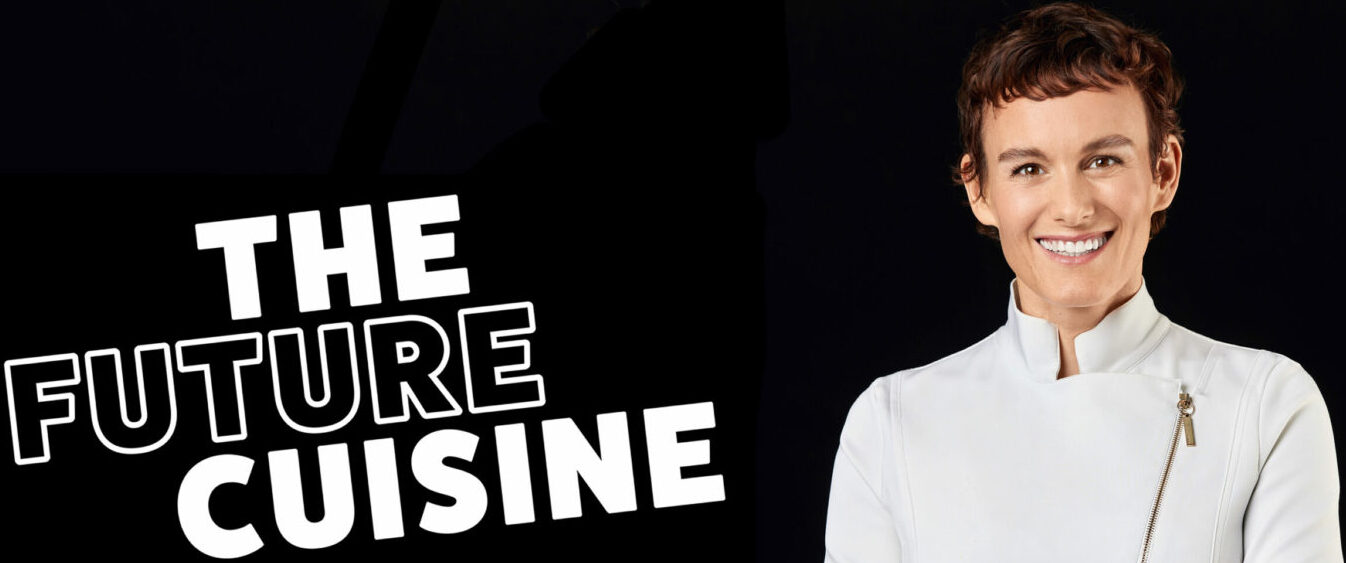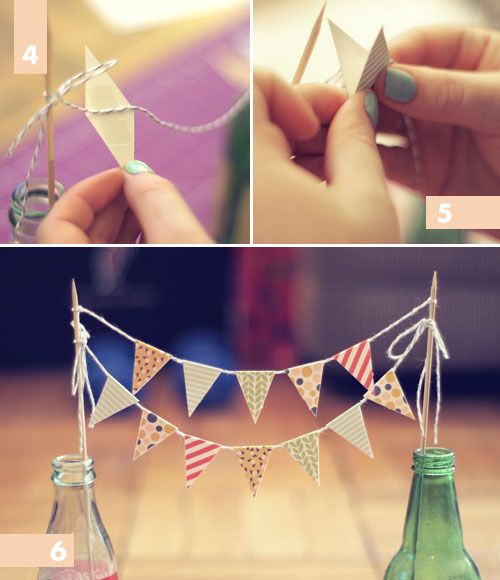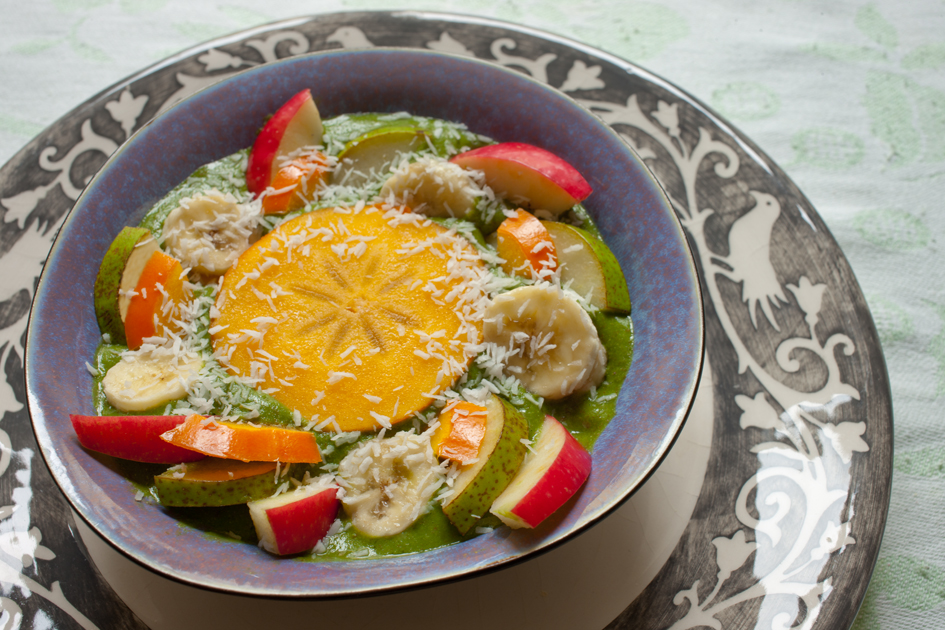Month:
Order your vegan handbag from Vegangle
Animals are not only used for food, but also for clothing, carpets and cushions. The suffering behind these products is often forgotten.
Leather is more than just a waste product from the meat industry. In the meantime, leather production has become a lucrative branch of business in its own right.
Some very toxic chemicals are used to make leather from the skin of an animal, transforming the natural product into a material that must be treated as hazardous waste after use! The global leather industry slaughters over a billion animals every year and processes their hides into clothing, fashion items, furniture, interiors and accessories.1 The greater the demand for leather, the greater the butcher’s profit when selling the hide. This makes animal factories more financially attractive.
How natural is leather?
Only around one third of a slaughtered farm animal ends up on Swiss plates. The remaining two thirds – skin, bones, fat and offal such as liver, spleen, heart and lungs – are considered by-products and are disposed of or further processed. The most important economic by-product of the meat industry is the skin of the animals.2
The hides of cows from the dairy industry are also processed into leather as soon as the productivity of the animals decreases. The hides of their children, bred for the production of veal, are processed into expensive calfskin.
Where does leather come from?
The majority of the leather products sold come from cow and calf hides. However, leather is also made from the hides of horses, sheep, lambs, goats and pigs, which are killed for their meat. Other animal species are hunted and killed for their fur and skins alone. Zebras, bison, water buffalo, wild boar, kangaroos, elephants, eels, sharks, dolphins, seals, walruses, frogs, turtles, crocodiles, lizards and snakes also fall victim to this cruel business.
Kangaroos are slaughtered by the millions every year because their skin is considered a first-class material for football boots.3 And although the Australian government requires hunters to shoot the animals, orphaned, young and injured animals are to be decapitated or hit hard on the head to “destroy the brain”, according to the government. After football star David Beckham learned about these cruel methods, he switched to shoes made of synthetic materials in 2006.4
Animal welfare
Most leather goods are made from the skin of cattle (usually calves). Up to 80% of these come from “dairy cows”.5 Accordingly, in the case of leather products, it is accepted that the animals have been kept in accordance with foreign animal welfare regulations. Too little space, too little light, antibiotics, castrations and removal of horns without anesthesia, etc. Then there is the transportation to the slaughterhouse and the slaughter. Soft leather from young calves is particularly sought after. The younger the better: sometimes the leather comes from calves that are only one hour old, or from slaughtered pregnant dams.
Leather as a health risk
Once the animals have been slaughtered, their hides are tanned. Nowadays, 90 percent of this is done with chromium, which means that chromate is released into the wastewater. Chromate contains chromium VI compounds, which can lead to various forms of poisoning (0.5 g to 1 g are fatal) and genetic damage.6 In addition, there are other manufacturing processes in which, for example, aluminum, iron, zirconium, phenol, cresol, naphthalene as well as oils and coatings are used. This not “only” has an impact on the environment, but also on people: Higher susceptibility to leukemia in the vicinity of tanneries. Tannery workers account for more than half of those affected by testicular cancer.7
Today, there are just eight tanneries left in Switzerland. Of these, three produce industrially with around 20 employees, and five are more artisanal with one to two employees.8 The majority of leather sold in Switzerland therefore comes from abroad. Due to strict environmental protection regulations in Switzerland and Germany in particular, tanning has shifted to low-wage and developing countries.
The risks of the leather industry today are therefore borne by workers in developing countries such as India, China, Vietnam, Bangladesh and Brazil. Due to the frequent lack of hazard warnings about carcinogenic chromium(IV) compounds, which also cause painful allergies, people in tanneries in these countries wade through chromium and waste water and sometimes obtain their drinking water from contaminated rivers and groundwater sources.
Although all organic or test seals stipulate that chromium(VI) must not be found in leather at all, this requirement cannot be enforced in practice. A study by the Federal Office of Consumer Protection and Food Safety (BVL) tested almost 600 different products for compliance with the chromium(VI) limit value – almost half were contaminated with chromium(VI)!9 The highest exceedances of the limit value were measured in leather shoes, where the carcinogenic substance was found in every third shoe. Similarly problematic chromium compounds were detected by Stiftung Warentest in baby shoes and work gloves.10 The magazine “Ökotest” has also regularly downgraded leather products for years due to their harmful chromium compounds.11 The TV report “Toxic shoes” by the NDR magazine 45 Min from 14.05.2012 found toxic chromium salts everywhere in Indian tanneries, which pollute rivers and the environment, while the population suffers from lifelong chromium allergies.12
Ecology
In addition to the health risks to all those involved in production, leather tanning with azo dyes, chromium salts and pentachlorophenols (PCP) naturally also has a negative impact on the environment. In addition to toxic substances, tannery wastewater also contains enormous quantities of other pollutants such as proteins, hair, salts, lime sludge, sulphides and acids. A chrome tannery wastes over 55,000 liters of water and produces up to 1,000 kilograms of solid waste (e.g. hair, meat and edge waste) and large amounts of toxic sludge per ton of hide processed.13
Vegetable tanning?
Tanning animal skins with plants takes considerably more time, and therefore more energy and water, which has a negative impact on the overall environmental balance. In addition, vegetable-tanned leather is usually much firmer and is therefore not suitable for every leather article. Gloves, for example, should be fine and have a good grip. Even vegetable-tanned leather can only achieve this with chemical additives. Although these substances do not have to be indicated on the label, such leather articles are given a so-called “eco-label”.
How can I tell the difference between leather and artificial leather?
Meanwhile, alternatives made of artificial leather already look deceptively real and it is not always easy to distinguish leather from artificial leather. The following tips will help you decide:
Leather also has its very own smell, which does not occur with artificial leather.
What can you do?
Animal-friendly alternatives include cotton, linen, rubber, Chinese grass, canvas and synthetic fabrics. Chlorenol (“Hydrolite” at Avia, “Durabuck” at Nike) is an interesting new material that is characterized by its breathability and is used in the production of sports and hiking shoes. It wraps around the foot with the same elasticity as leather, provides good support and can be machine washed. Alternative materials are usually cheaper and do not contribute to the mass slaughter for meat or the wild hunting of animals with beautiful skin. Ask retailers for leather-free items and encourage designers and manufacturers to produce shoes from alternative materials.
If you are buying a vehicle, find out in advance about car brands that offer leather-free models.
You can find leather alternatives almost anywhere you shop. Various labels sell leather-free handbags, purses and shoes.
Online at Veganangle or in the beautiful showroom in Zurich’s Seefeld district
you can buy leather-free and sustainably produced handbags, shoes and clothing.
Footnotes:
1 Food and Agriculture Organization of the United Nations, Slaughtered/Production Animals 2011, FAOSTAT Database, (24 Apr. 2013).
2. http://www.lid.ch/de/medien/mediendienst/artikel/infoarticle/17065/
3 Hofmann, René (2008): Kangaroos on your feet, Süddeutsche.de,http://www.sueddeutsche.de/sport/fussballschuhe-kaengurus-an-den-fuessen-1.784197 (08.05.2013)
4. http://www.independent.co.uk/news/uk/this-britain/beckham-hangs-up-his-boots-the-ones-made-out-of-baby-kangaroos-343287.html
5 Thomsen, L., Tierliche Inhaltsstoffe und ihre Alternativen, 2nd revised edition, (Veganissimo 1), published by FACE IT! People for Animal Rights, Kiel 1996, p. 71.
6. chemistry in the closet. The eco-textile book. S. 254
7. http://www.test.de/Chrom-VI-in-Leder-Immer-noch-ein-Risiko-4560494-0/
8. http://www.miga.org/documents/TanningandLeatherFinishing.pdf
Further information:
Comprehensive list of sources of leather-free products in the USA and England from PETA. A list of vegan shoe manufacturers is also available on Facebook. Background information on the topic of leather can also be found at Peta http://leder.peta.de/
Source: https://www.veganangle.com, http://swissveg.ch
EMPOWERMENT at the Futur Forum Lucerne
The vegan tea party
Staged for your children!
A small vegan tea party needs a lot of doll crockery, which can be found at
En Soie
or
Ikea
(
imitation glass
& real
ceramic
). Lots of soft toys are also a must at a vegan tea party: Exactly this peaceful
piggy mommy
with her
three baby pigs
or rabbits like the one on the far left in the picture can be found
here
and here. Incidentally, we found the two wooden chairs on the street here in Zurich. The small round table is from a second-hand store. By the way, cake is a must with tea, or would you prefer a muffin? You can find several types of cake in the fabric version
here
. A delicious zucchini muffin recipe with lemon curd from our Kathryn from New York is attached below (just click on the recipe to enlarge the text).

If you live in Zurich or the surrounding area and can’t find the time to bake our fantastic zucchini muffins, then simply order the mini cupcakes from Michellés Cupcakes here.
And finally: Confetti and garlands you can easily make them yourselfSnowflakes garland instructions can be found here. More inspiration for a vegan kids’ tea party for a birthday can be found you.
The vegan kitchen wishes you a happy vegan tea party!
GOOD GUYS DON`T WEAR LETHER
 Good Guys quickly became the raddest cruelty-free-vegan shoes around.
Good Guys quickly became the raddest cruelty-free-vegan shoes around.
The brand was created in 2010 by Marion Hanania and is now a ‘must have’ for the fashionista and the ethical shopper alike.
The shoes are designed in Paris and manufactured in Portugal, sweatshop free and in a nice working environment. The use of materials such as microfiber, canvas and natural rubber result in a light, waterproof, durable and comfortable shoe.
Good Guys is proud to announce that in 2014 and 2015 they received two PETA awards (People for the Ethical Treatment of Animals) for ” Best Men Shoes ” and ” Vegan Brand To Keep An Eye On In 2015 “. Good Guys also received the ” Peta Approved Vegan ” label.
Check the current sale
here
.
Without the yellow of the egg?
A selection of vegan alternatives to eggs.
Replacing egg as a binding agent (especially in baking) often seems impossible. You should therefore first make a distinction: Is it about the egg and its special taste in itself, i.e. dishes such as scrambled eggs, fried eggs or boiled eggs, or rather about the properties that the addition of egg gives to the food? In the second case, it is important to differentiate between the “pictorial quality” of the egg yolk and the “airiness” of the egg white:
When it comes to specialties where eggs play the central role and are the main source of flavor, things get tight: a soft-boiled egg is just a soft-boiled egg and, like a fried egg, can hardly be imitated. There is one exception: the vegan version of scrambled eggs (“scrambled tofu”) is very easy to make: with normal, firm and smoked tofu as a base and the right seasoning (kala namak, a sulphurous seasoning salt from India, and turmeric for a yellowish color), the original can be imitated deceptively realistically and should convince even some lovers of the animal version.
Where eggs are used for the right consistency or as a binding agent, especially in sweet or savory baked goods, they can almost always be replaced by vegan alternatives. There are now even special egg replacement powders (egg replacers) that can be used instead of eggs according to instructions and are also very suitable for breading, for example. Unfortunately, these egg substitute powders are usually not available in organic quality and therefore contain many chemical additives. You can therefore also use very simple ingredients that at first glance have nothing in common with eggs. Here are a few impulses, quantity always for 1 egg per replacement:
Egg yolk:
2.5 tbsp linseed with 3 tbsp water Particularly suitable for chocolatey and nutty recipes. Gives a slightly nutty taste and a high degree of firmness or bite.
1/2 ripe banana Particularly suitable for pancakes, muffins or cookies. The banana gives food sweetness and leaves a slight taste of its own (especially if it is very ripe), this should be taken into account.
2 tbsp water, 1 tbsp oil, 2 tsp baking powder For gluten-free baking. It works very well in baked goods, even without the addition of baking powder, but you cannot increase the quantity indefinitely and should ideally only replace one or two eggs with it.
1 level tablespoon of soy flour, sweet lupin flour or chickpea flour Very good for batter. It is best to use “full fat”. Chickpea flour has a slight taste of its own and is better suited to savory dishes.
1x egg white:
1/4 cup applesauce For cakes, muffins, cupcakes and much more. Do not substitute more than four eggs, otherwise the dish will have a stronger taste of its own. Best combined with liquid ingredients.
1/4 cup silken tofu Very good for creams or heavy and soft baked goods such as brownies, but also cheesecakes and quiches turn out very well with it. Best combined with liquid ingredients.
1/4 cup vegan yogurt Similar to silken tofu, not quite as heavy. Best combined with liquid ingredients. You can add a little sparkling water to make the dough fluffy.
If you want to learn more about vegan baking,
here is the link to the next “easy vegan baking” workshop
on April 12, 2016 with Lauren Wildbolz
Why don’t Vegnaer eat eggs?
Donations with savings from the Cumulus card or air miles
Cumulus points to the
solidarity card
for refugees,
here
.
And this is how it works:
You already have a Cumulus card and would like to donate your points to the Soli card? To do this, you need to set up a donation order on the Cumulus homepage , print out the form, fill it in and return it to Migros (Cumulus-Infoline, Hardturmstrasse 101, 8005 Zurich).
You only have to do this once, after which your points are automatically transferred to your Soli card account.
Or
Have you by any chance started collecting air miles and don’t really know what to do with them?
Why not help the SOS Children’s Villages worldwide by giving abandoned children a home again and also strengthening poor families to prevent them from falling apart.
Miles & More flight miles can be used to support SOS Children’s Villages in Russia, Africa and Asia, here is all the information.
Mabrouk on Saturday at the Hiltl Academy
Mabrouk, a vernacular Arabic interjection meaning “Congratulations”
On the
Tubler page of the Manrouk project
which Lira and Léna have brought to life, it says:
“First-class clothes for free. Bring some, take some or both.
We will all have made a small contribution to a “better world”, as at least on this day (January 23, 2016) we will not have supported the dangerous almost fashion industry
Come and bring your high-quality clothes that you no longer need, give them away and take something nice in return.
Or come empty-handed and take something nice with you anyway.
Or comes with mountains of clothes and walks away relieved. As you like it best.
All clothes are welcome as long as they are of high quality. Children’s teenage women’s and men’s clothes and accessories. +
On: January 23, 2016 from 10:00 am to 4:00 pm at Hiltl on the 5th floor, room Ambrosius
Admission is free!
For questions: Lira@hiltl.ch
Or léna@hiltl.ch
P.S: Take a selfie of you in the dress/shirt/whatever you want to give away on the 23rd, or just take a photo of the garment on a hanger..so we can already have a bit of anticipation 😀
send it to lira@hiltl.ch or léna@hiltl.ch
Off to the lavera Green Fashion Award in Berlin this week
In July 2015, the lavera Showfloor took place for the 6th time as part of the Mercedes Benz Fashion Week in Berlin. One highlight of the past year was the presentation of an award. With the “lavera Green Fashion Award”, lavera Naturkosmetik aims to promote the production of environmentally friendly clothing and thus the topic of sustainability. In addition to ecologically correct materials, it is also about the manufacturing conditions under which the clothing is produced. This must be ethically justifiable and produced under socially acceptable working conditions. Fashion designers and fashion design students can take part in the award, and a jury with expertise in the fields of fashion and sustainability will select three finalists from all the applicants, who will present their collection on the show floor in summer 2015 and face the jury’s verdict once again. The winner will receive prize money to create and produce their own collection, which will be presented on the lavera showfloor in January 2016.
You can find the nominated labels here.
Info-Shortcut:
Go directly to the event
here.
Lavera Green Fashion Award Show
Thursday 21.1.2016 in Berlin
A Green Smoothie a Day Keeps the Doctor Away
But what are these green smoothies?
Green Smoothies were created in 1994 by
Victora Boutenko
and have enjoyed increasing popularity ever since. This is understandable, because with green smoothies we have finally found a way to consume the wonderful chlorophyll* in a delicious and digestible way.
Health and well-being are noticeably improved and men/women are given a surprising amount of energy. This is due to the many vitamins and minerals and, above all, the “living” ingredients that make up your green smoothie.
At a time when more and more convenience products are being consumed and there is less and less time available to prepare balanced and fresh food, it is absolutely essential to eat living power foods without having to radically change your usual diet. Prepare one liter a day and enjoy a glass of green smoothie between meals. This deacidifies, purifies and permanently regulates the body’s pH value and helps you to achieve your desired weight.
* Chlorophyll (from ancient Greek χλωρός chlōrós “light green, fresh” and φύλλον phýllon “leaf”) or leaf green refers to a class of natural pigments produced by organisms that photosynthesize. Plants in particular get their green color from chlorophyll molecules. Plants, algae and cyanobacteria have different types of chlorophyll, photosynthesizing bacteria have different types of bacteriochlorophyll. (Source: Wikipedia)
Recommendations for preparing green smoothies
Recommendation 1
Leafy greens, fruit and seeds belong in the smoothie, but not starchy vegetables, tubers and sugar. These make up a third component in the smoothie and would make the smoothie easier to digest over a longer period of time.
process, which would start a fermentation process of the fruits in the stomach (fruits and leafy greens are easily digestible, starchy foods have a longer digestion time).
Recommendation 2
Leafy greens are not only found in salads, but also in carrot, radish, collrabi, fennel, chewing stalk, chard, etc. However, most chlorophyll, essential amino acids, vitamins, trace elements, proteins, minerals and antioxidants are found outside in nature: wild herbs, medicinal herbs and garden herbs are the kings and queens of the green smoothie.
Recommendation 3
Drink the smoothie as a snack or as a meal replacement (make yourself a smoothie muesli) and your digestion will no longer cause you any problems. You can eat other foods approx. 3 hours before or 2 hours after the green smoothie. A green smoothie is also an excellent breakfast substitute. Drunk on an empty stomach, the Green Smoothie provides your body with many vital nutrients and supplies it with enough water to start the day with sufficient energy.
Recommendation 4
Don’t use 15 different ingredients in green smoothies.
This not only confuses the taste buds, but can also confuse your stomach.
As a recommendation, you can use 4-6 ingredients, e.g. Bananas, apple, lemons, cucumber, spinach and water.
The classic par excellence! This makes it easier for the body to absorb the nutrients and for your palate to identify the individual flavors and highlights.
Get started right away?
The next green smoothie course will take place on January 28, 28.1.16 at 18:30 in the Kochevents Studio with Lauren Wildbolz at Waffenplatzstrasse 11 in 8002 Zurich.
There are still a few places available: we accept direct registrations by e-mail to info@vegankitchen.ch.
Book tip:
GREEN FOR LIFE By Viktoria Boutenko
the
vegan kitchen& friends
cookbook and a practical guide to wild herbs.






















